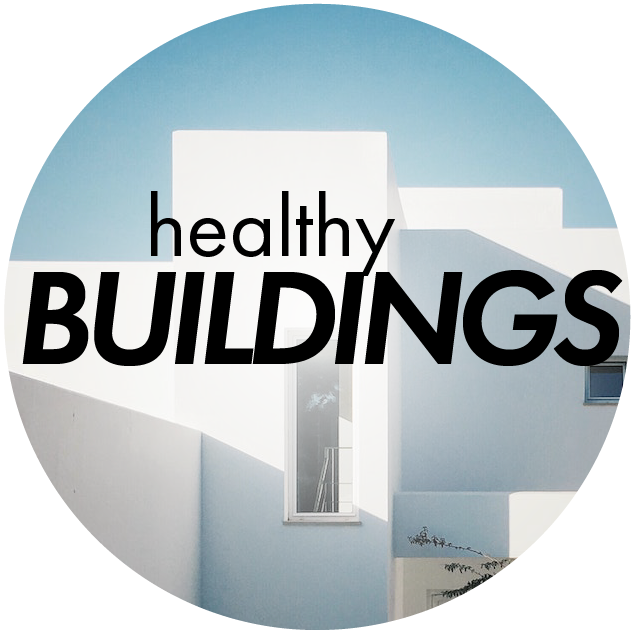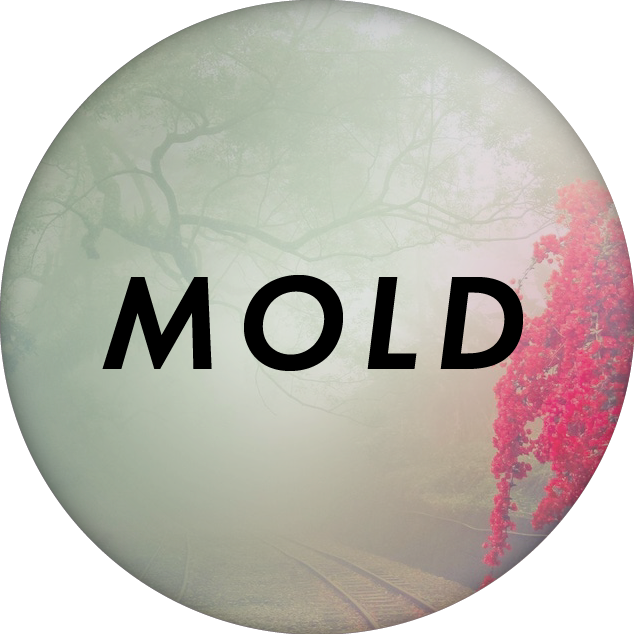Your Macro-Environment.
Neighborhood. Zip Code. Your Region.
The winds that bring you air. The quality of sunlight you receive. The humidity in your region. The cell towers in your neighborhood.
menu
(from the Big Picture section)


Buy this guide – $14
Explore each page for free.
1 — Outdoor Air Quality
2 — Outdoor EMF
3 — Sunlight Quality
4 — Outdoor Stress
5 — Population Density
Macro-Location
Macro-Location Range: Up to several miles away.
1
Outdoor Air Quality
Air quality is immensely undervalued when society discusses our health. It’s estimated that in 2012, 7 million people died prematurely due to air pollution.
Does outdoor air quality affect your health? Absolutely.
Let’s explore the variables that lead to unhealthy outdoor air.
Industry & Factories
Factories and industry are terrible polluters. 1.2 trillion gallons of industrial waste are dumped into U.S. waters each year, and 3 million tons of toxic chemicals are discharged into the land, air and water from U.S. companies.
Virtually all industry pollutes heavily, with few exceptions. Obvious polluters like chemical manufacturing and mining aren’t alone: The manufacture of virtually any industrial product creates a hazard around the site and, particularly, downwind of it.
The safe distance from an industrial or factory site will vary based on topography, wind, and pollution’s form and intensity.
Living away from — or upwind of — industrial areas and factories is more optimal.
Downtown
In many regions of the world there is a general, somewhat consistent direction the wind blows.
Being upwind of an urban center is better than being downwind of a city. You’ll find less general air pollution, particularly from traffic smog (although most cities have industrial zones inside the city limits).
Anecdotally, you may also notice that just as expensive real estate tends to cluster around bodies of water, expensive areas around cities also tend to be found on the “upwind” side of the urban center.
Living upwind of downtown — or sufficiently outside of town — is most optimal.
Waste Water (Sewage) Processing
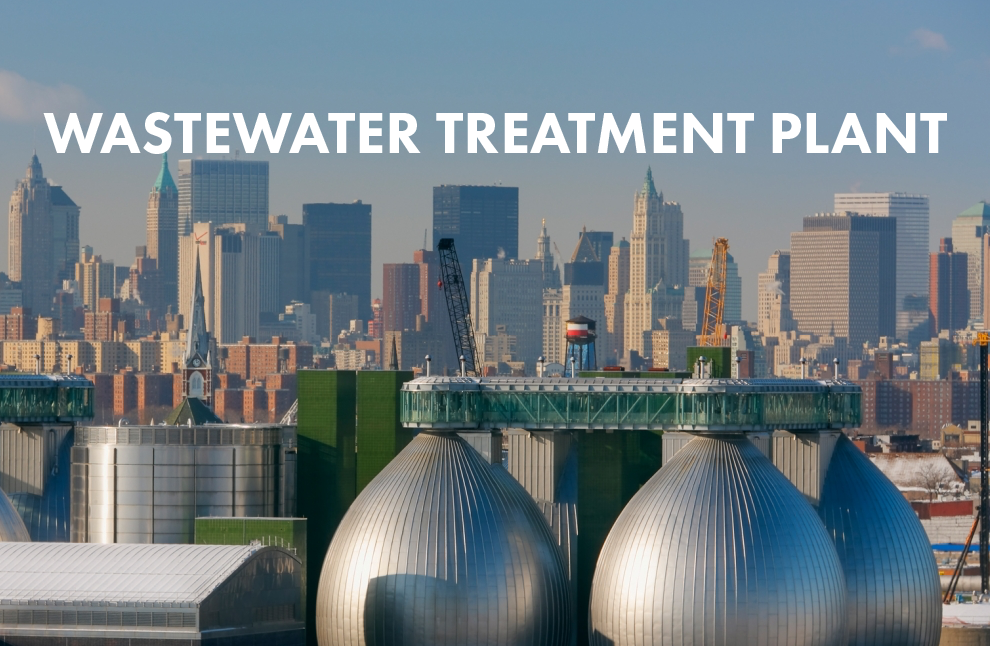
Sewage processing areas can be a pernicious hazard, especially because they can hide in plain sight. Water treatment plants can be quite hazardous to workers: “Infections from exposure to waterborne disease organisms may be subclinical or may appear as actual diseases. Treatment personnel have reported nausea, vomiting, upset stomach, diarrhea and flu-like symptoms.”
Another study found disturbing trends in folks working and living near wastewater treatment plants:
- “Also, a nationwide survey in Sweden showed that an increased risk for headache, concentration difficulties, unusual tiredness, and head heaviness was reported in workers compared to the controls [18]. Similarly, in our study, feelings like tiredness and sickness were more reported by the cases compared to the controls. Interestingly, our study showed an increased rate in mental disorders to the population living near the WTP.”
- “Increased level of antibodies against Gram-negative bacteria and intestinal viruses. The condition has been described as “the sewage worker’s syndrome,” which has a viral origin and manifests itself with a despondency, overall weakness, catarrh, and fever [11, 18]. Main characteristics of the disease included general malaise, weakness, acute rhinitis, and fever [19], accompanied by gastrointestinal symptoms. In accordance with these studies, we recorded increased odds for the inhabitants who lived near the WTP to develop neurological and myoskeletal symptoms at 3.37 and 1.98 times, respectively. Moreover, sewage workers and those who live in the vicinity of a WTP have higher morbidity with intestinal and respiratory system illnesses [11, 20]. In order to ensure public health, health of workers, and good quality of life, it is necessary to determine the composition and concentration of microorganisms in the air. Skin contact, ingestion, and inhalation are the three major routes of exposure to airborne particles [20]. Microorganisms that are associated with intestinal infections such as Salmonella spp. and enteric viruses are thought to be transmitted through inhalation [4, 21].”
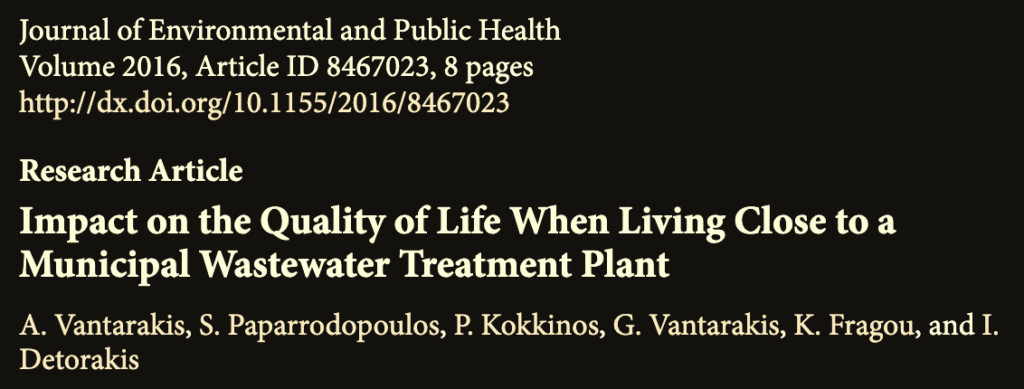
As Eliassen and Vath wrote in the Water Pollution Control Federation Journal in 1960:
“Air pollution control has become a problem of increasing importance to many sewage treatment plant operators as metropolitan areas have expanded and virtually surrounded plants which were originally in isolated areas.”
In the past, wastewater treatment plants were originally located far outside cities, but cities grew around them.
Never swim in natural bodies of water near a wastewater treatment plant.
The risks associated with exposure to emissions from wastewater treatment plants are currently uncertain and require more research, stronger regulatory frameworks and safer design consideration. Known toxic compounds, bacteria, fungi, endotoxins and viruses have been observed near Waste Water Treatment Plants…”
Urban Air Pollution: Wastewater Treatment Sources and Impacts on Agriculture. 2017. Piqueras, Pedro. UC-Riverside.
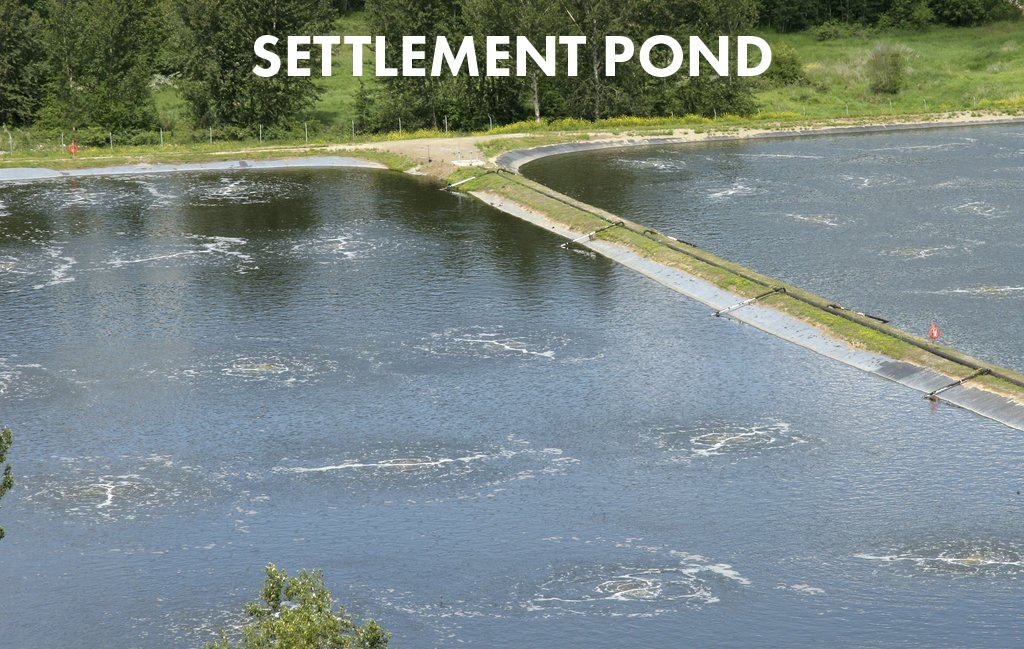
Neighborhoods are often located directly adjacent to “Settlement Ponds” which are sludge ponds designed to allow sunlight to “remove” pathogens.
This process takes months or years, as sunlight kills bacteria, viruses, tape worms, and protozoa in the fecal sludge. Many variables can slow this process or render it less effective.
You really don’t want to live near these ponds. When I had chronic illness, I lived one block away — downwind — from one.
Scope out your surrounding region (in person or using Google maps). Avoid living near sewage treatment facilities.
Allergens
Outdoor allergens are a common, even daily, concern for many people. Living in a place with more intense allergy seasons can take a toll on your health, and should be considered when you choose a place to live.
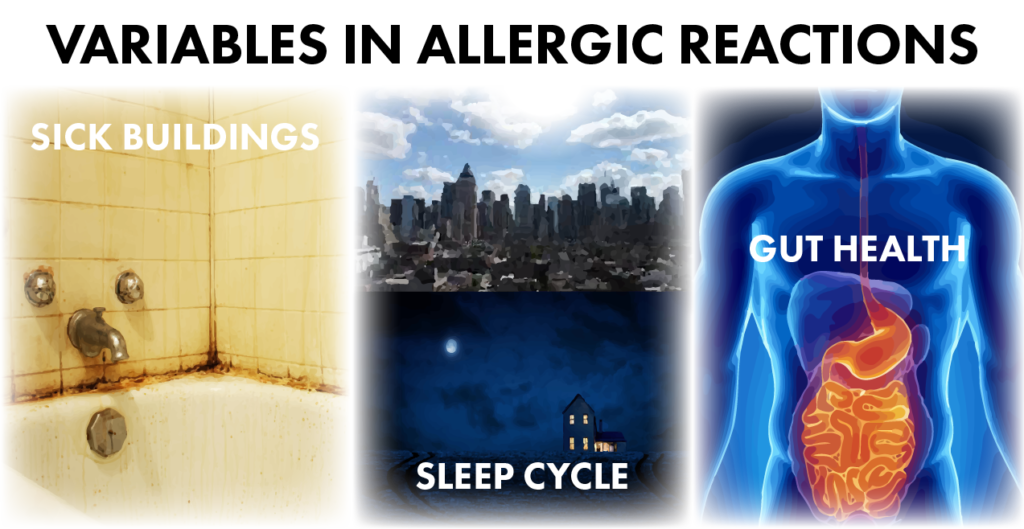
However, there are many ways to improve your sensitivity to allergens.
The general health of the building you live in, your circadian rhythm, and your gut health can greatly affect your susceptibility to an allergic response.
Reduce your exposure to allergens and improve gut health, nutrient balance, light exposure, and sleep quality. These factors can impact the severity of allergy symptoms.
Humidity
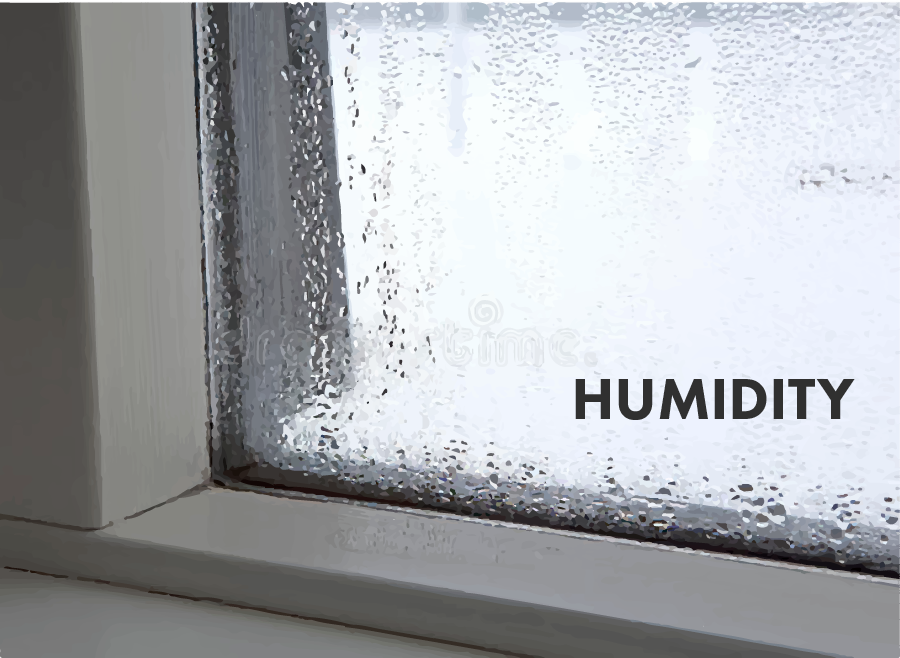
Humidity is important because it directly impacts the health of your buildings.
In a humid region, high humidity can impact the mold and dust mite growth of all buildings, HVAC systems, and even automobiles in an entire region.
It is also a factor in architectural design of buildings — if you build a building, be sure to build to withstand whatever airborne moisture exists in your region.
MOLD AND MILDEW spores grow like wildfire in a humid environment. Exposure to mold worsen symptoms of asthma, allergies or other respiratory illnesses, and can even cause lung infections.
BACTERIA AND VIRUSES that cause infections can multiply and spread when summer humidity in the house or the office gets too high.
DUST MITES are tiny insects that love a humid environment, and if you’re allergic to them, summer humidity can increase your symptoms.HTTPS://ARISTAIR.COM/BLOG/IS-TOO-MUCH-HUMIDITY-HURTING-YOUR-HEALTH/
CHEMICALS. High summer humidity can cause VOC levels to increase and linger in the air, particularly ozone from office copiers and formaldehyde, which can be released from building materials such as carpets and paint.
Humidity can be hard to escape. If you live in an area of high humidity, you need to be aware of this fact and take care of your buildings accordingly.
Inspect all buildings fully, with professional help, before renting or purchasing them. If you smell a musty smell, that’s almost all you need to know about a property: stay away.
2
Outdoor EMF
Cell Phone Towers
(Wireless Radiation)
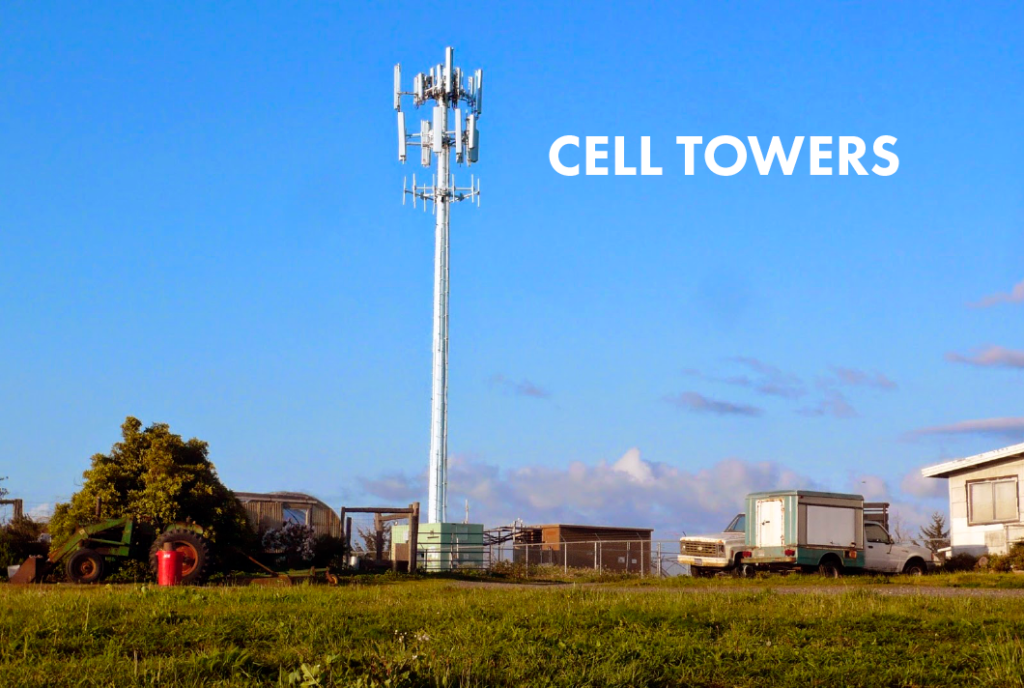
Cell phone towers are becoming ubiquitous in modern life, but that’s no reason to dismiss their effects on health.
The antennaes on these towers emit powerful microwave light in high-speed pulses that cell phones interpret as data and information.
These bursts of microwave light are billions of “on-off” pulses, a physical manifestation of the 0101010101 binary code all computers use.
If you watch a video on your cell phone, the data is coming from a cell tower/wifi router via pulsing microwave light — to the tune of trillions of zero’s and one’s.
The problem with all wireless emitters is that they put out emissions in 360 degrees in all directions. A cell tower cannot zap a laser beam directly to your phone. It blasts in every direction, and your cell phone gets a tiny fraction of that signal.
This means that cell phone towers put out thousands of times more radiation than is needed, because they must blanket the entire area to speak to each device.
A safe distance from a cell tower is 1500-2000 feet (most urban areas) to a full mile or more (rural areas and small towns).
The next generation of the cellular phone network, “5G”, will represent a major shift in the way cell towers are constructed and located, and could make cellular networks (and big cities) infinitely more irradiated than they already are — which is saying something.
Don’t live or work near a cell phone tower.
Radio Towers
(Wireless Radiation)
Radio towers are similar to cell towers in that they emit pulsed microwave light to send data. They are usually more powerful than cell towers, but only emit one or several wavelengths of radiation (rather than the many, many dozen that 4G cell towers emit). Radio towers are often much taller than cell towers, but often have cell antennas installed lower on their platforms.
Think twice before purchasing a house close to a radio tower.
Power Lines
(Magnetic + Electric Fields)
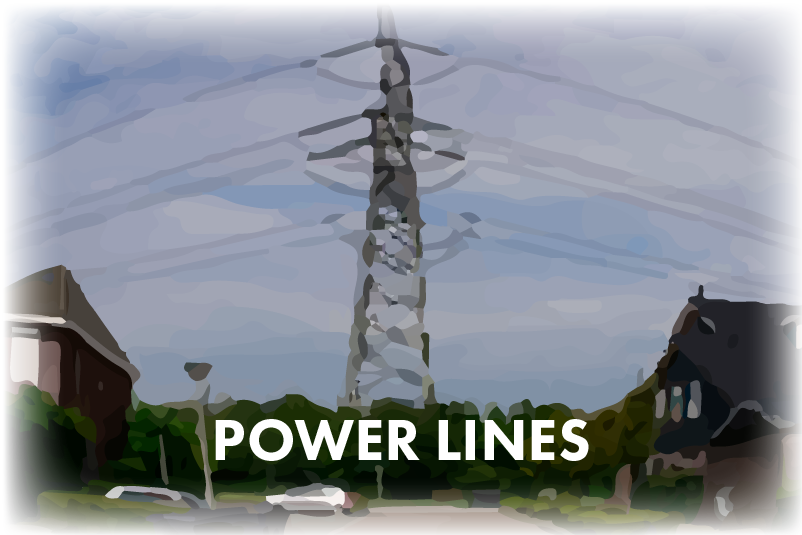
Power Lines and power plants emit a different sort of EMF from wireless fields: magnetic fields and electric fields.
Anytime a current moves through a circuit, two fields are generated around it: an electric field and a magnetic field.
While this happens in home electronics (it happens with ALL electrical currents), it happens with incredible force in powerful systems like power lines.
QUICK RULE: The bigger the lines, the bigger the field surrounding them.
A “safe” distance from a big, cross-country power line could be a half-mile (about 2600 feet) or more, and you should not spend extended time closer than that.
For more typical, residential power lines, a distance of 50 feet may be considered safe.
Power Substations
(Magnetic + Electric Fields)
Power Sub Stations can emit fields as well, but these stations can vary greatly in size and therefore total power processing. Fifty feet may be a safe distance from smaller Sub Stations, with 1000 feet or more for larger, urban Sub Stations.
Don’t work or live within 2500ft (half-mile) of cross-country power lines, or within 30-50 feet of smaller, residential power lines. Substations may require a distance of 200-1000 feet or more, depending on their size.
3
Sunlight Quality
The healthfulness of a region is improved greatly by quality sunlight. This is entirely affected by:
- Latitude
- Season
- Sunny days per year (lack of clouds)
- (High altitude can affect climate, too)

Climate = Latitude, Season, Humidity


A region’s average sunlight also impacts Vitamin D levels, sleep quality, and seasonal depressive disorder — which has been linked to suicide rates.
While most regions may receive adequate summer sunshine, colder climates may only enjoy those benefits for 3-5 months out of the year — while the remaining colder 7-9 months provide much less benefit for health.
Folks who struggle with hypothyroidism often benefit greatly from warmer climates.
The quality of your sunshine is one of the most important factors in the health of your mind, digestive system, circadian rhythm, immunity, nutrient balance, and more.
Which latitudes are best for year-round sun benefits? The 33.5 parallel a line of demarcation (around Atlanta, GA) is where the sun is still sufficiently intensity year-round, even through winter.
Warm, sunny climates provide health benefits that colder, cloudy climates do not.
4
Living Stress
Accessibility
How easy a city or region is to travel throughout can make an impact on how it feels to live there — and your stress levels.
Chronically being stuck in traffic, commuting long distances, or even waiting in endless lines for restaurants can greatly increase stress and therefore decrease quality of life and health.
Affordability
If an area is lovely to live in — but involves major financial stress — the benefits may be outweighed by the negatives. Financial stress is among the greatest of stressors and harms health.
Another caveat of living in desirable areas: “Affordable” living situations in expensive areas are often cramped, moldy, or dirty — on top of being located in congested, polluted areas.
Live in areas that are healthful in many ways — including accessibility and financially.
5
Population Density
The “urban health penalty — ‘the greater prevalence of a large number of health problems and risk factors in cities than in suburbs and rural areas’ — has been frequently discussed and studied.
https://www.ncbi.nlm.nih.gov/books/NBK221225/
Population density is a shorthand way of describing “distance from a city.”
A simple way to quickly assess the health of a location is population density. The more people in an area, the more likely you’ll find air, water, and noise pollution, high (and rising) EMF emissions, and living stress.
Show Study:
[There are] negative environmental aspects of urban living—toxic buildings, proximity to industrial parks, and a lack of parks or green spaces, among others…
https://www.ncbi.nlm.nih.gov/books/NBK221225/
Show Study
Urban dwellers may experience higher levels of air pollution, which is associated with higher levels of cardiovascular and respiratory disease.
https://www.ncbi.nlm.nih.gov/books/NBK221225/
People who live in aging buildings and in crowded and unsanitary conditions may also experience increased levels of lead in their blood, as well as asthma and allergies.
Keep in mind that rural areas have environmental threats, too.
Cell towers are more powerful in rural areas (try to live/work at least one mile/1.5km away), and industrial and agricultural centers still pollute to alarming extents out in the country. Maintaining distance from these hazards remains important. Water-damaged buildings can exist anywhere.
Understand the risks of population density. Less populated, or rural areas, may have more benefits — and fewer risks — than cities.
This completes ‘Macro Location.’
Revisit the Location Effect below.
menu
(from the Big Picture section)


Buy this guide – $14
Explore each page for free.


